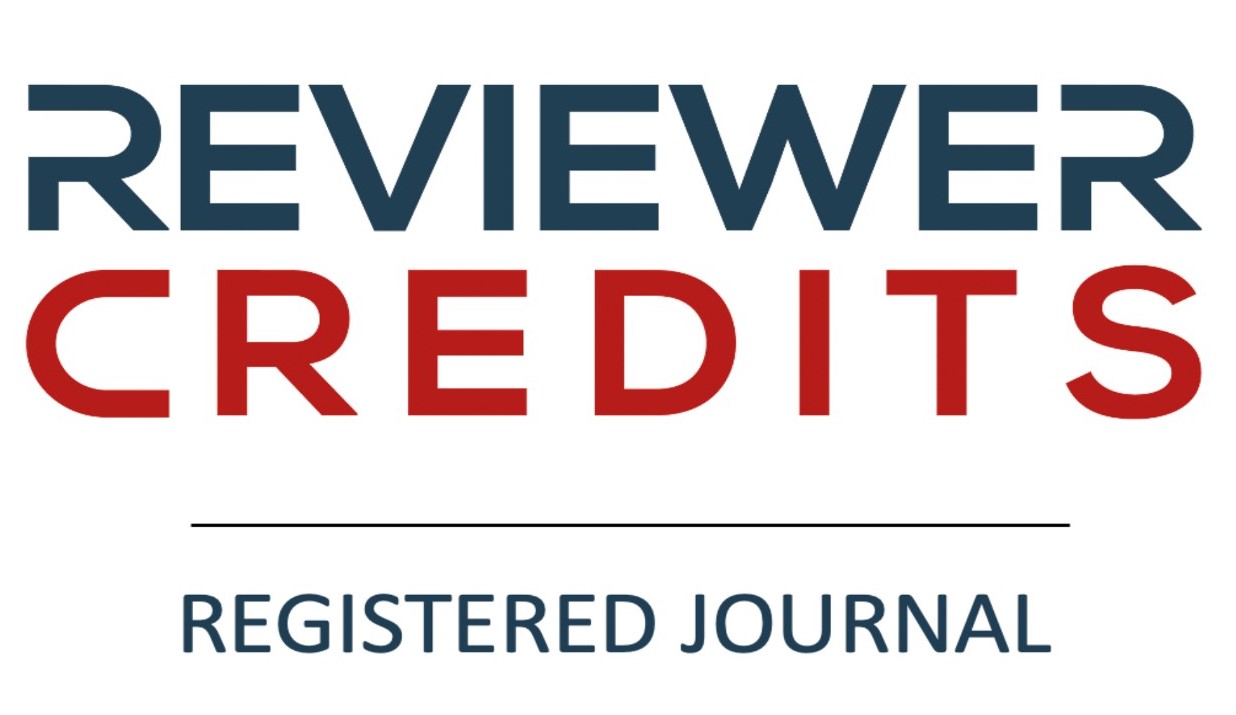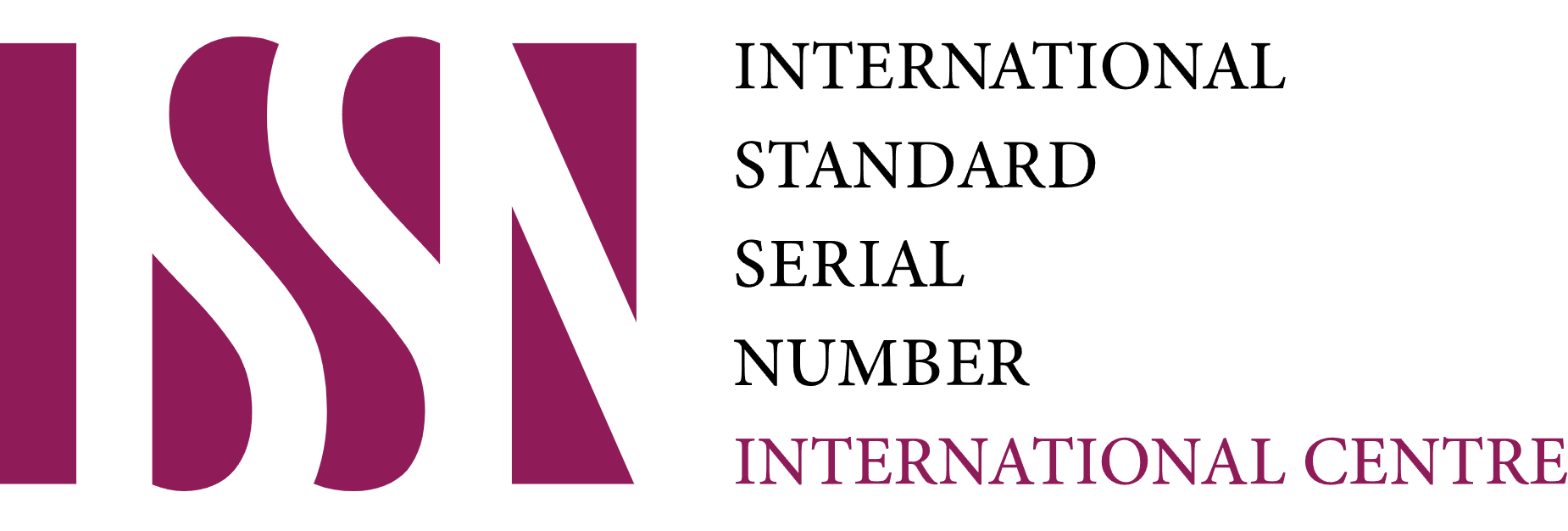PENGARUH INTENSITAS NAUNGAN TERHADAP PERTUMBUHAN DAN KANDUNGAN BIOAKTIF DAUN DUA AKSESI TANAMAN CABE JAWA (Piper retrofractum Vahl.)
DOI:
https://doi.org/10.51852/jpp.v5i2.287Abstract
The aims of this research are (1) to study the morphology, physiology and plant growth of two accessions of javanese long pepper some shading intensites, and (2) to analyze the nutrients content and bioactive compounds in the leaves of two accessions of javanese long pepper. The research was conducted in June 2009 to February 2010, in Field Experimental Station, Darmaga, Bogor Agricultural University. Split Plot Design was used with three replications. The main plots were shading intensities: 0, 25 and 55%, while the subplot were plant accessions, namely Lampung and Madura. Increased shading intensity had different effects on plant morphology characteristics, Lampung accession tended to have higher values of morphological characteristics than those of Madura. Shade tended to increase the physiological characteristics of leaves of two accessions, except the density of stomata, content and uptake of Mg in leaves. Qualitative bioactive compound test results showed that the leaves of javanese long pepper contained alkaloid and steroid. Increasing shading intensity significantly increased leaf alkaloid, but tends to reduce leaf steroid. Lampung is shade loving plant and Madura is sun loving plant.Downloads
Published
Issue
Section
License
Authors who publish with this journal agree to the following terms:
1. Copyright on any article is retained by the author(s).
2. The author grants the journal, right of first publication with the work simultaneously licensed under a Creative Commons Attribution License that allows others to share the work with an acknowledgment of the works authorship and initial publication in this journal.
3. Authors are able to enter into separate, additional contractual arrangements for the non-exclusive distribution of the journals published version of the work (e.g., post it to an institutional repository or publish it in a book), with an acknowledgment of its initial publication in this journal.
4. Authors are permitted and encouraged to post their work online (e.g., in institutional repositories or on their website) prior to and during the submission process, as it can lead to productive exchanges, as well as earlier and greater citation of published work.
5. The article and any associated published material is distributed under the Creative Commons Attribution-ShareAlike 4.0 International License













